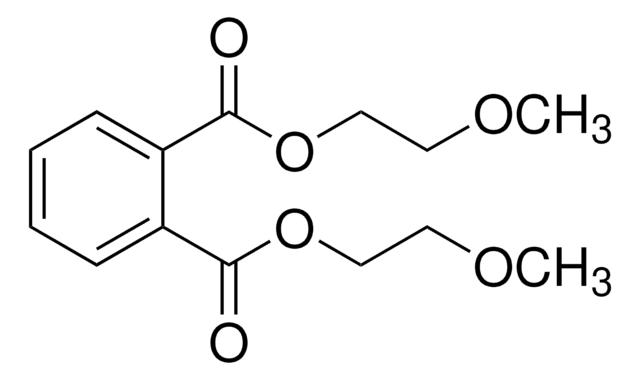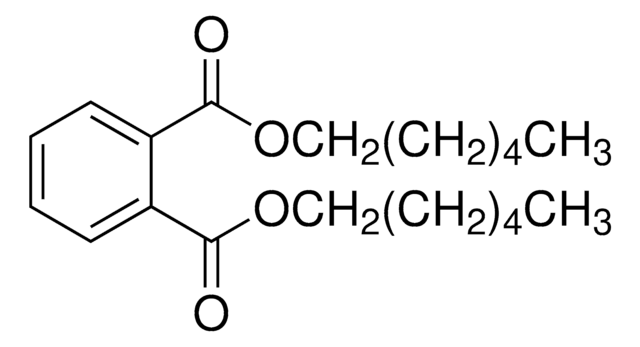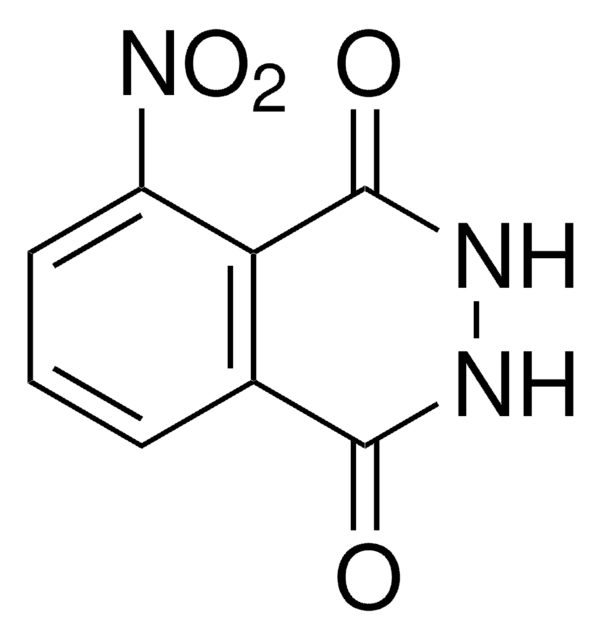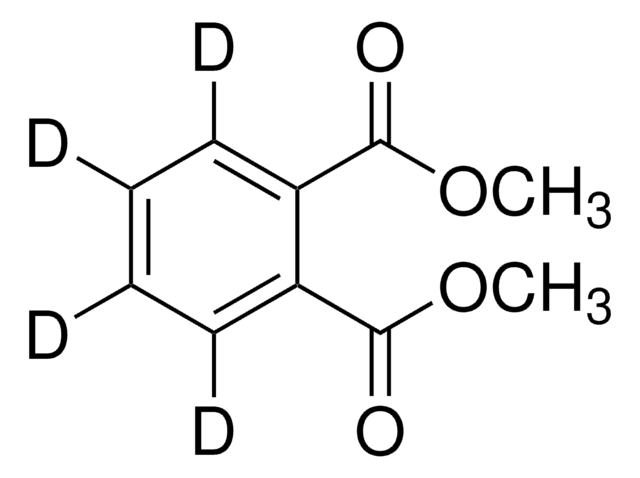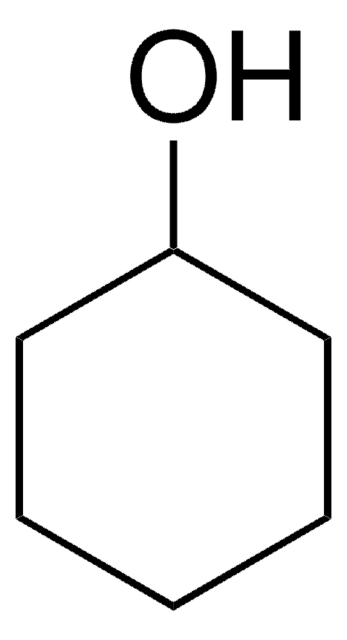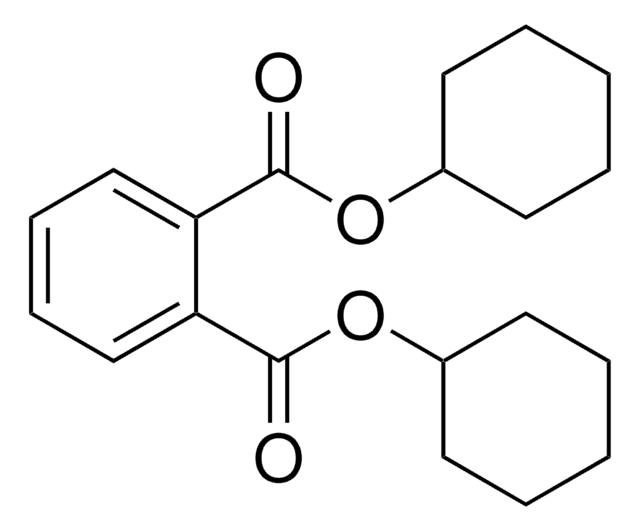80050
Bis(methylglycol) phthalate
technical, ≥90% (GC)
Synonym(s):
Bis(2-methoxyethyl) phthalate, Dimethylglycol phthalate
About This Item
Recommended Products
grade
technical
Quality Level
Assay
≥90% (GC)
form
liquid
refractive index
n20/D 1.503
bp
230 °C/10 mmHg (lit.)
density
1.173 g/mL at 20 °C (lit.)
SMILES string
COCCOC(=O)c1ccccc1C(=O)OCCOC
InChI
1S/C14H18O6/c1-17-7-9-19-13(15)11-5-3-4-6-12(11)14(16)20-10-8-18-2/h3-6H,7-10H2,1-2H3
InChI key
HSUIVCLOAAJSRE-UHFFFAOYSA-N
Looking for similar products? Visit Product Comparison Guide
Signal Word
Danger
Hazard Statements
Precautionary Statements
Hazard Classifications
Repr. 1B
Storage Class Code
6.1C - Combustible acute toxic Cat.3 / toxic compounds or compounds which causing chronic effects
WGK
WGK 1
Flash Point(F)
249.8 °F - closed cup
Flash Point(C)
121 °C - closed cup
Personal Protective Equipment
Choose from one of the most recent versions:
Certificates of Analysis (COA)
Sorry, we don't have COAs for this product available online at this time.
If you need assistance, please contact Customer Support.
Already Own This Product?
Find documentation for the products that you have recently purchased in the Document Library.
Our team of scientists has experience in all areas of research including Life Science, Material Science, Chemical Synthesis, Chromatography, Analytical and many others.
Contact Technical Service

